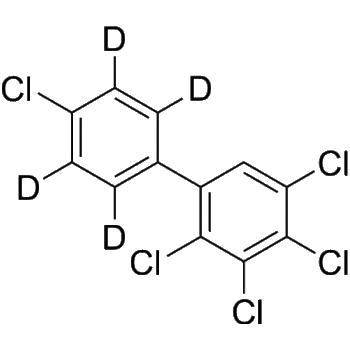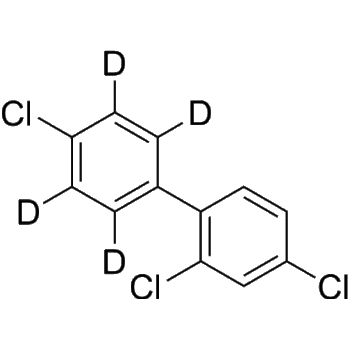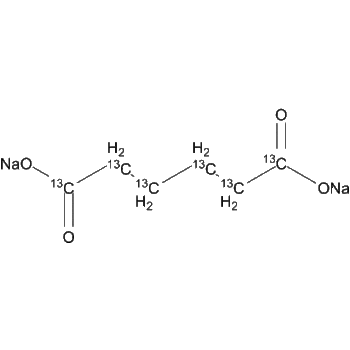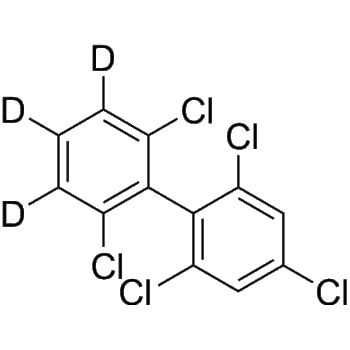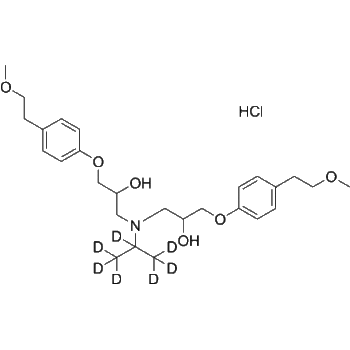
Download Files:
Ondansetron-d3 (hydrochloride)
SKU
HY-B0002S-1 mg
Category Isotope-Labeled Compounds
Tags 5-HT Receptor;Isotope-Labeled Compounds, GPCR/G Protein;Neuronal Signaling;Others, Neurological Disease
Products Details
Product Description
– Ondansetron-d3 (hydrochloride) is the deuterium labeled Ondansetron hydrochloride. Ondansetron hydrochloride (GR 38032 hydrochloride) is a serotonin 5-HT3 receptor antagonist used mainly as anantiemetic (to treat nausea and vomiting), often following chemotherapy[1][2].
Web ID
– HY-B0002S
Shipping
– Room temperature
Applications
– Neuroscience-Neuromodulation
Molecular Formula
– C18H17D3ClN3O
References
– [1]Wildeboer KM, et al. Ondansetron results in improved auditory gating in DBA/2 mice through a cholinergic mechanism. Brain Res. 2009 Dec 1;1300:41-50.|[2]Khedhaier A, et al. Circadian rhythms in toxic effects of the serotonin antagonist ondansetron in mice. Chronobiol Int. 2003 Nov;20(6):1103-16.|[3]Umathe SN, et al. The 5-HT3 receptor antagonist, ondansetron, blocks the development and expression of ethanol-induced locomotor sensitization in mice. Behav Pharmacol. 2009 Feb;20(1):78-83.|[4]Doggrell SA, et al. Cardiac safety concerns for ondansetron, an antiemetic commonly used for nausea linked to cancer treatment and following anaesthesia. Expert Opin Drug Saf. 2013 May;12(3):421-31.|[5]Brown AM, et al. Ion permeation and conduction in a human recombinant 5-HT3 receptor subunit (h5-HT3A). J Physiol. 1998 Mar 15;507 ( Pt 3):653-65.|[6]Barann M, et al. Recombinant human 5-HT3A receptors in outside-out patches of HEK 293 cells: basic properties and barbiturate effects. Naunyn Schmiedebergs Arch Pharmacol. 2000 Sep;362(3):255-65.|[7]Russak EM, et al. Impact of Deuterium Substitution on the Pharmacokinetics of Pharmaceuticals. Ann Pharmacother. 2019;53(2):211-216.
CAS Number
– 1346605-02-4
Molecular Weight
– 296.39
SMILES
– O=C1C=2C=3C(N(C([2H])([2H])[2H])C2CCC1CN4C(C)=NC=C4)=CC=CC3.Cl
Clinical Information
– No Development Reported
Research Area
– Neurological Disease
Solubility
– 10 mM in DMSO
Target
– 5-HT Receptor;Isotope-Labeled Compounds
Pathway
– GPCR/G Protein;Neuronal Signaling;Others
Product type
– Isotope-Labeled Compounds
Disclaimer: All products are for Research use only unless clearly stated otherwise on the product datasheet. Datasheets provided on the website are drafts for reference purpose only and you are requested to always refer to the hard copy included in the kit for your experimentation. Agdia Products are available for delivery only in Canada.
